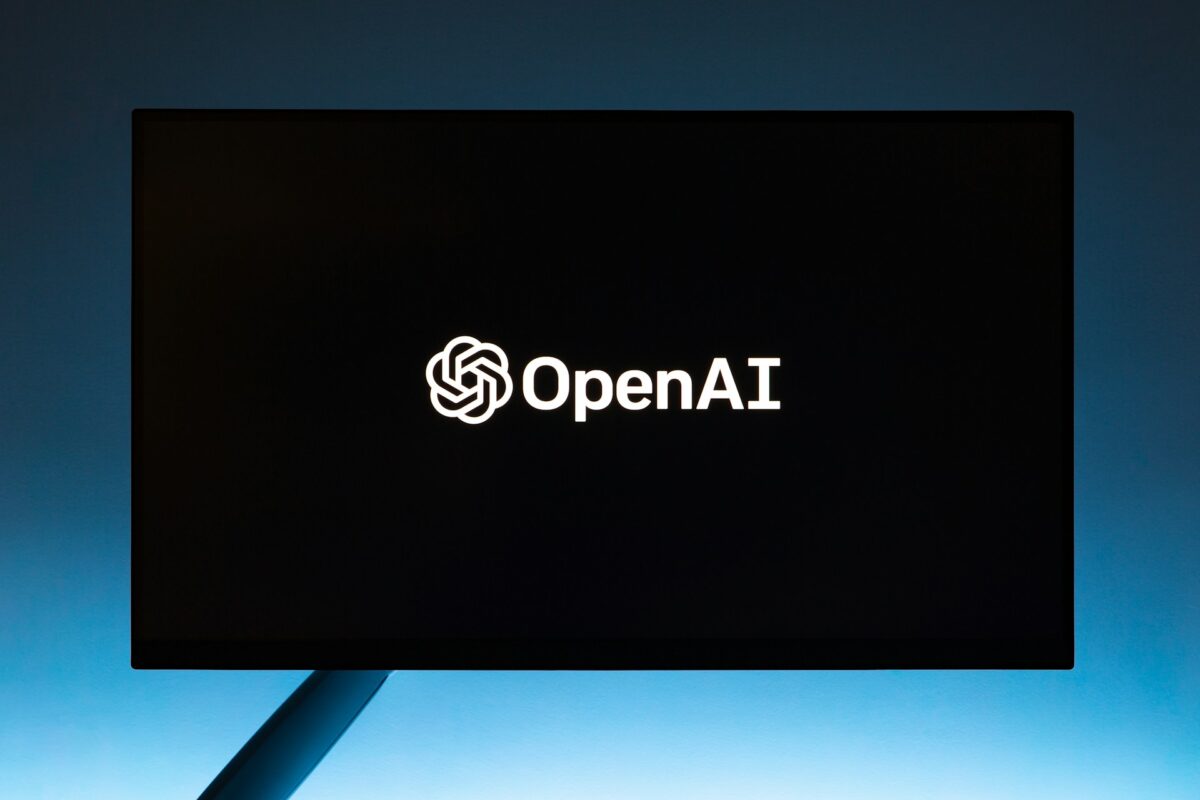Yeah, there are a lot of things happening in the world, and there’s some interesting news about OpenAI’s defense deal with the U.S. Army. You can check the details of this deal here.
Our topic today isn’t politics or ethics. Instead, our article will focus on how OpenAI’s services can be utilized in military operations and what to expect from AI in the future of defense.
What’s in the Deal?
OpenAI recently signed a $200 million contract with the U.S. Department of Defense, marking the first major formal engagement between the two.
In addition, executives from OpenAI and other tech firms were appointed to Detachment 201, a new U.S. Army Reserve unit designed to bring Silicon Valley expertise directly into national defense operations.
The OpenAI contract includes several key capabilities aimed at enhancing military operations. It provides AI-powered decision support to assist in making rapid operational choices.
Additionally, natural language processing tools are incorporated to handle and interpret battlefield intelligence, turning complex data into actionable insights.
The deal also involves model-driven simulations to predict potential threats and military outcomes, helping strategists test various scenarios.
Lastly, cybersecurity enhancements powered by GPT models are part of the contract, strengthening defense systems by identifying vulnerabilities, patching security gaps, and predicting cyber threats before they can cause harm.
In essence, the U.S. Army is integrating foundational AI models to accelerate its strategic thinking, planning, and response, without, for now, putting AI directly into combat roles.
How AI Fits Into Military Use
There are many ways AI can be utilized in the military, but some of the most critical applications involve handling massive amounts of data. For instance, field data, surveillance reports, and intercepted communications can be quickly analyzed and summarized by GPT models, providing military personnel with faster, more accurate insights. This kind of data processing is crucial for real-time decision-making.
However, privacy concerns are a potential issue with OpenAI services. It’s likely that the U.S. Army will use GPT models on their private servers, ensuring that sensitive information remains secure. The contract also includes privacy enhancements to ensure the services are fully compliant with military data protection standards.
Additionally, AI can generate dynamic “what-if” scenarios, allowing military strategists to test different outcomes under simulated combat conditions. This is AI-driven wargaming, where rapid simulations enable better decision-making under pressure.
These are just a few ways the Army can benefit from AI services now. As AI continues to improve, its potential applications in military operations will only grow.
Conclusion
OpenAI’s partnership with the U.S. Army is just the beginning. Currently, it seems that AI’s role in defense will become increasingly significant.
In the future, we can expect AI to play an even greater role in enhancing military operations, from intelligence analysis to cybersecurity and decision-making support.

